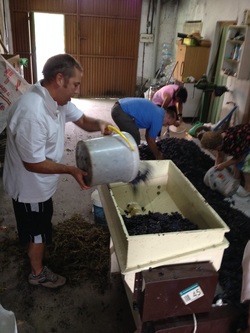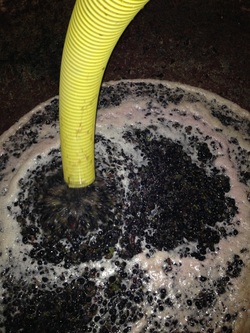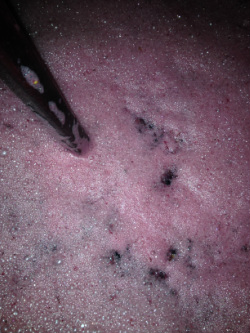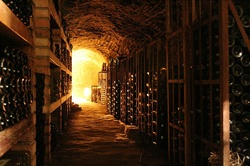
Our sweet wine is a mixture of garnacha (70%) and alarije (30%) grapes. We keep it in a 128 litre oak barrel (150x75cl bottles).
We have a third barrel where we keep 64 litres (85x75cl bottles) of distilled grape alcohol, over the next ten years in oak it will turn into brandy.

Garnacha in particular is very sensitive to oxigen and it would spoil the wine. We keep the level up to the rim regularly.
This winter is particularly wet and cold in central Spain, colder than London and with just as much rain. The vines are dormant at present.





 RSS Feed
RSS Feed
